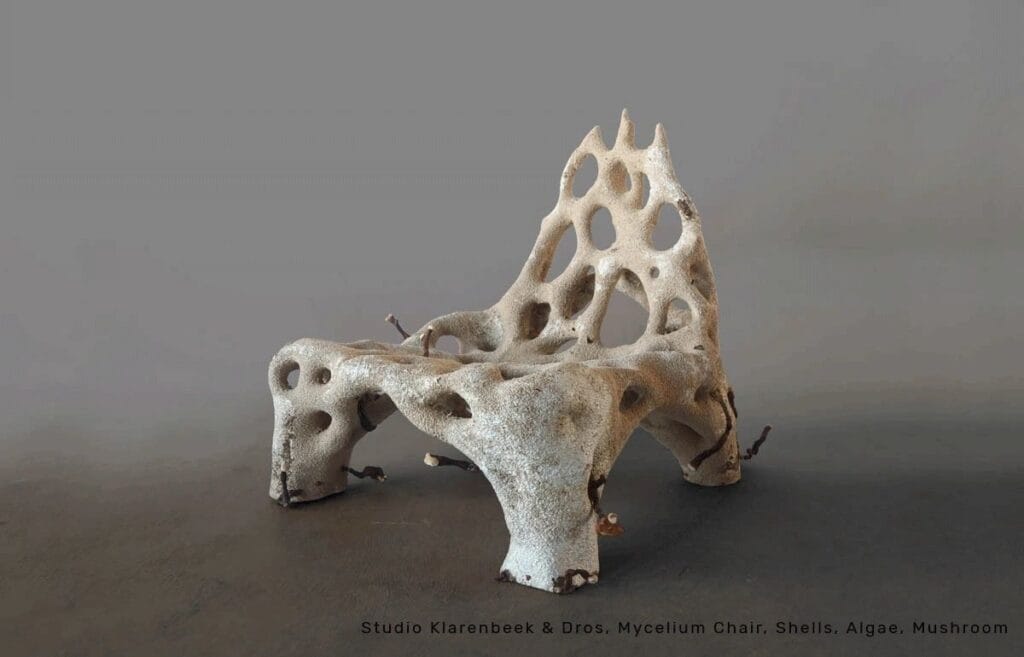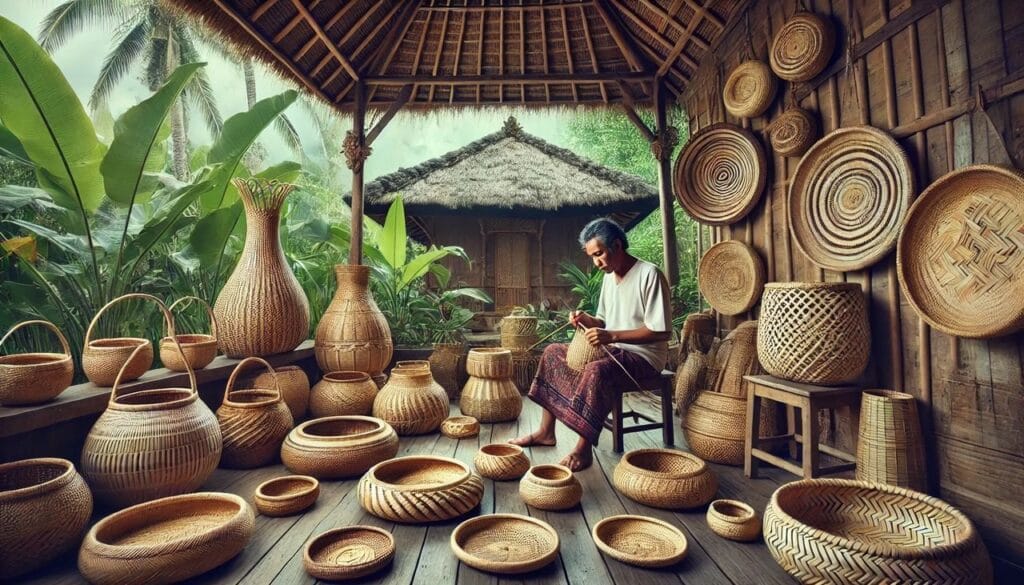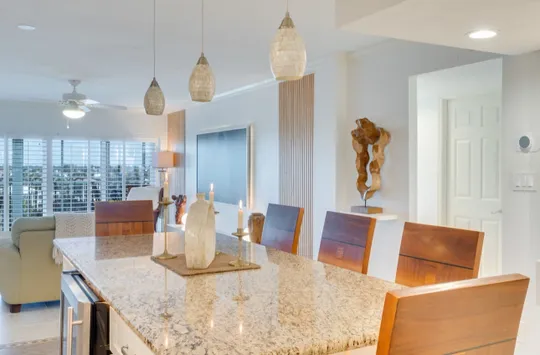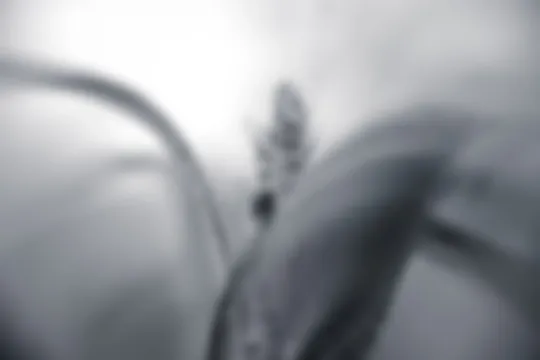Introduction: A Return to Nature
As cities rise and technology accelerates, humanity’s relationship with nature has become increasingly distant. Yet, the urgency to reconnect with the natural world grows as environmental, societal, and emotional challenges mount. Amid these shifts, Neo-Naturalism emerges as more than a design philosophy—it is a call to action. It redefines the role of design, not as a vehicle for indulgence but as a bridge between humanity and the ecosystems we depend on.
Neo-Naturalism is not merely aesthetic; it is purposeful, seeking to balance the wisdom of nature with the ingenuity of modern innovation. In this philosophy lies the promise of sustainability, emotional well-being, and designs that resonate at a deeper, more human level.
What is Neo-Naturalism?

Neo-Naturalism is a framework that draws inspiration from nature’s intelligence to solve human challenges, with design as its medium. It moves beyond superficial biomimicry to embody a philosophy of coexistence and harmony.
At its essence, Neo-Naturalism champions:
1. Sustainability: Advocating for regenerative materials and practices that reduce harm and promote renewal.
2. Organic Aesthetics: Incorporating forms, textures, and materials inspired by the natural world.
3. Biomimicry in Innovation: Leveraging nature’s processes to inspire functional, efficient, and sustainable solutions.
4. Emotional Resonance: Designing environments that connect deeply with human needs for comfort, beauty, and belonging.
Why Neo-Naturalism is Essential
In today’s world, design is more than a luxury—it is a critical tool for shaping how we live, think, and impact our planet.
Neo-Naturalism aligns with three urgent imperatives:
1. Environmental Responsibility:
• With climate change and resource scarcity looming, Neo-Naturalism pushes designers to think beyond aesthetics and embrace sustainability as a non-negotiable principle.
• It champions materials like bamboo, reclaimed wood, and biodegradable textiles, while promoting circular design systems.
2. Human Well-Being:
• Neo-Naturalism understands that our environments shape our emotions, productivity, and overall health. By integrating natural elements—light, greenery, airflow—it fosters spaces that rejuvenate and nurture the human spirit.
3. Cultural Preservation:
• At its core, Neo-Naturalism respects local traditions and craftsmanship, integrating centuries-old techniques into modern design. It recognizes that true sustainability includes cultural continuity.
Lessons from Bali: A Case Study in Neo-Naturalism

During my exploration of Bali’s artisan district, I encountered Neo-Naturalism in its purest form. Artisans worked with reverence for their materials, transforming suar wood and bamboo into pieces that reflected their environment and heritage.
One sculptor explained, “The wood already knows its shape; I simply reveal it.” This philosophy of honoring nature rather than controlling it is the heart of Neo-Naturalism. Their work was not just decorative; it was functional, sustainable, and deeply tied to Bali’s spiritual identity.
These artisans showed me how design can serve as a dialogue between humans and nature—a practice the modern world has much to learn from.
Principles for Applying Neo-Naturalism
Neo-Naturalism offers a roadmap for creating spaces that are both impactful and intuitive. Here are four principles for incorporating this philosophy into design:
1. Material Intelligence:
• Choose renewable, biodegradable, or low-impact materials. For example, bamboo grows quickly and is highly versatile, while reclaimed wood gives new life to old materials.
2. Design with Flow:
• Nature rarely follows rigid lines. Incorporate curves, asymmetry, and organic shapes to evoke a sense of harmony and balance.
3. Sustainability by Default:
• From passive cooling systems to energy-efficient lighting, design should minimize resource use while maximizing functionality.
4. Biophilic Integration:
• Blur the lines between indoors and outdoors by using elements like natural light, living walls, and water features. These features reconnect occupants with the rhythms of nature.
The Path Forward
Neo-Naturalism isn’t a trend—it is a philosophy for those who believe design must serve a greater purpose. It invites us to rethink how we interact with our environments, not as consumers but as stewards.
As designers, innovators, and global citizens, we have an opportunity to use Neo-Naturalism to redefine what it means to live beautifully. This philosophy doesn’t ask us to abandon progress but to align it with principles that sustain both humanity and the planet.
Call to Action
Imagine a world where every object, structure, and space exists in harmony with the earth. Through Neo-Naturalism, we can make this vision a reality.
Whether you are an architect, a designer, or simply someone seeking inspiration, the principles of Neo-Naturalism provide a pathway to meaningful and sustainable change.
Join the movement to create spaces that honor the past, embrace the present, and protect the future.




